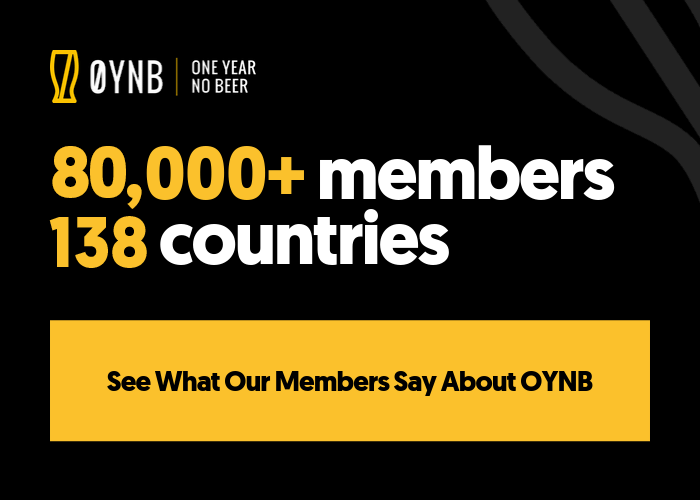Motivation is the driving force behind every successful workplace. When you have happy and motivated employees, they are more likely to give their best, be engaged, and contribute positively to the overall success of the organisation.
Understanding how to motivate the employee workforce is crucial for creating a thriving and productive work environment. In this blog post, we will delve into the factors that drive workplace motivation, why it matters, and how organisations can foster a motivating culture and boost employee motivation.
Intrinsic and Extrinsic Motivation
Motivation can be broadly categorised into intrinsic and extrinsic motivation. Intrinsic motivation comes from within an individual and is fueled by personal employee satisfaction, a sense of accomplishment, or a genuine interest in the work.
Extrinsic motivation, on the other hand, is driven by external rewards such as salary, bonuses, or recognition.
While both types of motivation play a role in the workplace, studies show that intrinsic motivation tends to have a more profound and lasting impact on employee performance.
When employees find meaning and purpose in their work, they are more likely to be dedicated and driven to excel.
Recognition and Appreciation
One of the most powerful tools for motivating employees is recognition and appreciation.
Feeling valued and acknowledged for their contributions boosts employees' morale and creates a positive work environment.
Simple acts such as acknowledging a job well done, expressing gratitude, or providing constructive feedback can go a long way in fostering a culture of appreciation.
Organisations can implement employee recognition programs, celebrate achievements publicly, and incorporate regular employee feedback sessions to ensure that employees feel their efforts are noticed and valued and to increase employee motivation.
When employees know their hard work doesn't go unnoticed, this will only create positive outcomes and can help employees feel motivated and more likely to remain motivated and committed to their tasks.
Clear Goals and Expectations
Employees need a clear understanding of their roles, responsibilities, and the goals they are expected to achieve. When organisational goals are communicated effectively, employees can align their efforts towards common objectives. Clear communication of expectations provides employees with a sense of purpose and direction, reducing confusion and frustration.
Setting SMART (Specific, Measurable, Achievable, Relevant, Time-bound) goals allows employees to track their progress and measure their success.
This clarity empowers highly motivated employees, giving them a roadmap for success and motivating them to excel in their roles.
Professional Development Opportunities
Investing in employees' professional development is a win-win strategy for their own motivation. When employees see that their organisation is committed to helping them grow and advance in their careers, they are more likely to stay motivated, increasing employee engagement.
Providing training programs, workshops, and mentorship opportunities not only enhances employees' skills but also shows that the organisation values their long-term success.
Employees who feel they have opportunities to learn and develop are more likely to take on challenges, innovate, and contribute positively to the organisation's growth.
Continuous learning keeps the workplace dynamic and ensures that employees remain motivated by the prospect of personal and professional growth.
Work-Life Balance
A healthy work-life balance is essential for sustaining motivation and preventing burnout. When employees feel overwhelmed and stressed due to an excessive workload or unrealistic expectations, their motivation can plummet.
Organisations that prioritise work-life balance create an environment where employees can recharge, stay focused, and bring their best selves to work.
Flexible work arrangements, time-off policies, and a supportive culture that respects personal boundaries contribute to a positive work-life balance.
Employees who feel their well-being is prioritised are more likely to stay motivated and perform at their best over the long term.
Freedom and Empowerment
Providing employees with autonomy and the authority to make decisions in their roles can be a powerful motivator. When individuals have control over their work processes and can make meaningful contributions, they feel a sense of ownership and responsibility. Empowering employees fosters a culture of trust, encouraging them to take initiative and innovate.
Organisations can create a motivating work environment by delegating responsibilities, involving employees in decision-making processes, and allowing them to contribute their unique skills and ideas. This sense of autonomy not only motivates employees but also leads to increased job satisfaction and creativity.
A Positive and Inclusive Culture
A positive and inclusive workplace culture plays a pivotal role in employee motivation. When employees feel a sense of belonging, are treated with respect, and work in a collaborative environment, their motivation to excel increases.
A culture that values diversity and inclusion fosters creativity, innovation, and a shared sense of purpose.
Leaders and managers play a crucial role in shaping the organisational culture. Leading by example, promoting open communication, and addressing issues promptly contribute to a positive work environment. A workplace where everyone feels heard and valued is more likely to have a motivated and engaged workforce.
Competitive Compensation and Benefits
While intrinsic factors are crucial, it's important not to overlook the significance of competitive compensation and benefits, which can be a great way to improve employee motivation.
Employees need to feel that their efforts are rewarded fairly. A competitive salary, performance-based bonuses, and comprehensive benefits contribute to a sense of financial security, motivating employees to give their best to the organisation.
Regularly reviewing and adjusting compensation packages to align with industry standards helps organisations attract and retain top talent. When employees feel adequately compensated, they are more likely to remain motivated and committed to their roles.
OYNB Concludes
Workplace motivation is a multifaceted concept that involves understanding and addressing various factors that influence employee engagement and performance.
By recognising the importance of intrinsic motivation, providing clear goals, fostering a culture of recognition, and prioritising work-life balance, organisations can create an environment where employees are motivated to do their best work.
Investing in professional development, promoting autonomy, and cultivating a positive and inclusive culture are additional steps that contribute to a motivated workforce.
Ultimately, understanding what motivates employees and taking proactive measures to enhance motivation not only benefits individual employees but also contributes to the overall success and sustainability of the organisation.
In a motivated workplace, employees become ambassadors of the company's mission, driving innovation, collaboration, and long-term success.



An entrepreneur and former senior oil broker, Ruari gave up drinking after excessive consumption almost cost him his marriage, and worse, his life. Going alcohol-free improved his relationships, career and energy levels, leading to him founding OYNB to provide a support network for others.







